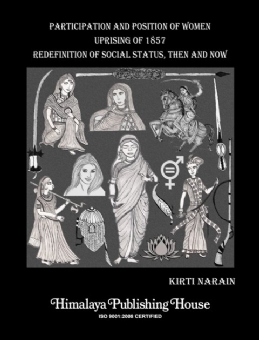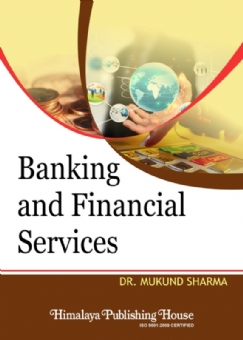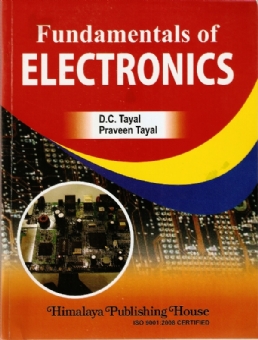The participation of women in the Revolt of 1857 is still an area that needed to be explored and researched. The terms used for the upsurge in the book are ‘Uprising’ and ‘Revolt’, and these have been used interchangeably. Not only have the known and unknown heroines of 1857 been profiled, but the manner that the conflict impacted the lives of both Indian and European women has been succinctly tackled. The measure of participation was varied and ranged from women being combatants to being unobtrusive contributors. The term ‘participation of women’ has been used in a much wider sense than what is popularly understood. The ‘woman factor’ has not been dealt in isolation and the role of prominent men has been essayed to give a holistic flavor. Women have also been classified as a part of the general social issues that affected them issues that were prevalent as societal practices during that era. The social facet raises the piquant question with regard to the continuance of the issues that may be relevant in contemporary society and could be a throwback to the mid-nineteenth century era. A natural aspect of the ‘Now’ factor is the question of descendants of the known and unknown heroes of 1857. To complete the picture, the projections in the media and writings both historical and contemporary have been included and analyzed. The belief that the Revolt had a limited spread has been addressed by dwelling upon the areas of the Revolt supported by customized maps thus projecting the widespread impact of the upsurge.
The book has been divided into nine parts; each part comprises chapters relevant to the broad theme encapsulated in the title. However, the discussion would have been incomplete if a very significant aspect of the Revolt had not been dwelt upon. This is the spread of the Revolt, an event which is popularly believed to have a limited spread and restricted to northern and central India. This premise has been tackled at the beginning itself and a stand-alone segment has been inserted, titled, Areas of the Revolt.
Contents –
Part 1 — 1857 – Known Women Heroes in Popular History
1. 1857–– Known Women Heroes in Popular History
(a) Begum Hazrat Mahal,
(b) Rani Lakshmibai of Jhansi
Part 2 — Lesser Known Women Heroes — Antecedents and Segregations
2. Pre-1857
3. During the Uprising
(a) The Royalty and the Landed Aristocracy,
(b) The Courtesans,
(c) The Prostitutes,
(d) The Commoners
4. The Common Women: Unsung and Unreported
Part 3 — Local Uprisings: The ‘Margin’ Speaks Up
5. Marginalized Sections
(a) Role of Tribal Women in the Revolt of 1857,
(b) Role of Dalit Women in the Revolt of 1857
Part 4 — Attitudes
6. Attitudes and Atrocities
7. Attitudes and Loyalties
Part 5 — 1857 – Role of Men
8. Heroes of the Revolt
(a) Bahadur Shah II,
(b) Nana Sahib
9. Wajid Ali Shah – Catalyst of the Revolt
Part 6 — Post-event Reactions and Relationships
10. Petitioners and Petitions during 1857-1860
11. British Attitudes and Petitions
12. Petitions Psychological and Social Relationships
Part 7 — Social Practices and Social Status of Women: Then and Now
13. Social Issues in 1857: Unfolding the Status of Women and Social Reforms
14. Social Issues in Contemporary India: Status of Women and Social Reforms
Part 8 — The Legacy –– Voices of the Descendants and Significant Others
15. Voices of the Descendants
(a) Emperor Bahadur Shah
(b) Nawab Wajid Ali Shah,
(c) Rani Lakshmibai,
(d) Tatya Tope
(e) Moulvi Liyakat Ali,
(f) Raja Imam Baksh
16. Significant Others
(a) Asthana Family and 1857,
(b) Bali Family
Part 9 — Expressions
17. Print Media
18. Diaries and Eyewitness Accounts
Conclusion
Afterword
Glossary
Bibliography
Index
Photos







